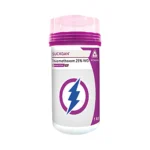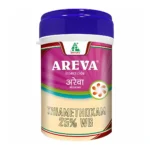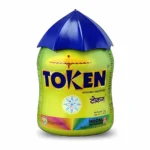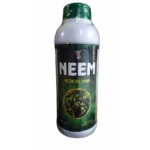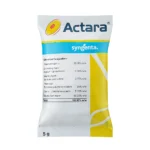Acid Lime Pests
Citrus Psylla
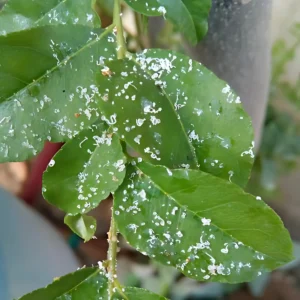
Symptoms
- Leaf Curling and Distortion: Feeding by nymphs and adults causes leaves to curl, twist, and become distorted. This damage is often accompanied by a thickening and corky appearance of the leaf tissue.
- Honeydew and Sooty Mold: The honeydew excreted by psyllids can cover leaves and fruit, leading to the growth of black sooty mold, which interferes with photosynthesis and reduces fruit quality.
- Reduced Plant Vigor: Heavy infestations can stunt growth, reduce fruit set, and cause premature leaf drop, weakening the tree over time.
- Huanglongbing (Citrus Greening Disease): Psyllids are the primary vector of the bacteria (Candidatus Liberibacter spp.) that cause HLB. Infected trees display yellowing leaves, misshapen fruits with a bitter taste, and ultimately, tree death. The disease is incurable and spreads quickly, leading to severe economic losses.
Identification
- Appearance: Adults are small, about 3-4 mm long, with a mottled brown color. They have transparent wings that are held roof-like over the body. Adults have a distinctive "jumping" behavior when disturbed.
- Behavior: Adult psyllids feed on new leaf growth, tender shoots, and buds. They lay eggs on the tips of growing shoots or the undersides of young leaves.
Nymphs (Immature Psyllids):
- Appearance: Nymphs are flat, oval-shaped, and are generally yellowish-orange to brown in color. They are much smaller than adults, about 0.3 to 1.7 mm, and have a fringed appearance due to waxy secretions.
- Behavior: Nymphs feed on sap from young leaves and shoots. As they feed, they excrete copious amounts of honeydew, which can lead to the growth of sooty mold on the plant.
Management
- Prune Infested Areas: Regularly prune and remove heavily infested shoots and young leaves to reduce psyllid populations and prevent the spread of HLB.
- Manage Flush Growth: Carefully manage flush growth (new leaf and shoot growth) since psyllids prefer young, tender leaves for egg-laying. Avoid practices that encourage excessive flush growth, such as over-fertilization.
- Predators and Parasitoids: Encourage natural enemies such as lady beetles (Coccinellidae), lacewings (Chrysopidae), and predatory bugs (Anthocoridae) that feed on psyllids. Introduce parasitoid wasps like Tamarixia radiata, which specifically target psyllid nymphs by laying eggs inside them.
- Entomopathogenic Fungi: Biopesticides containing fungi like Isaria fumosorosea or Hirsutella citriformis can infect and kill psyllids, reducing their populations.
|
Insecticide |
Dosage |
|---|---|
|
0.5 gm/lit |
|
|
1 gm/ltr |
|
|
1 ml/lit |
₹250
Select options
This product has multiple variants. The options may be chosen on the product page
₹225
Select options
This product has multiple variants. The options may be chosen on the product page
₹1,199
Select options
This product has multiple variants. The options may be chosen on the product page
₹999
Select options
This product has multiple variants. The options may be chosen on the product page
₹249
Select options
This product has multiple variants. The options may be chosen on the product page
